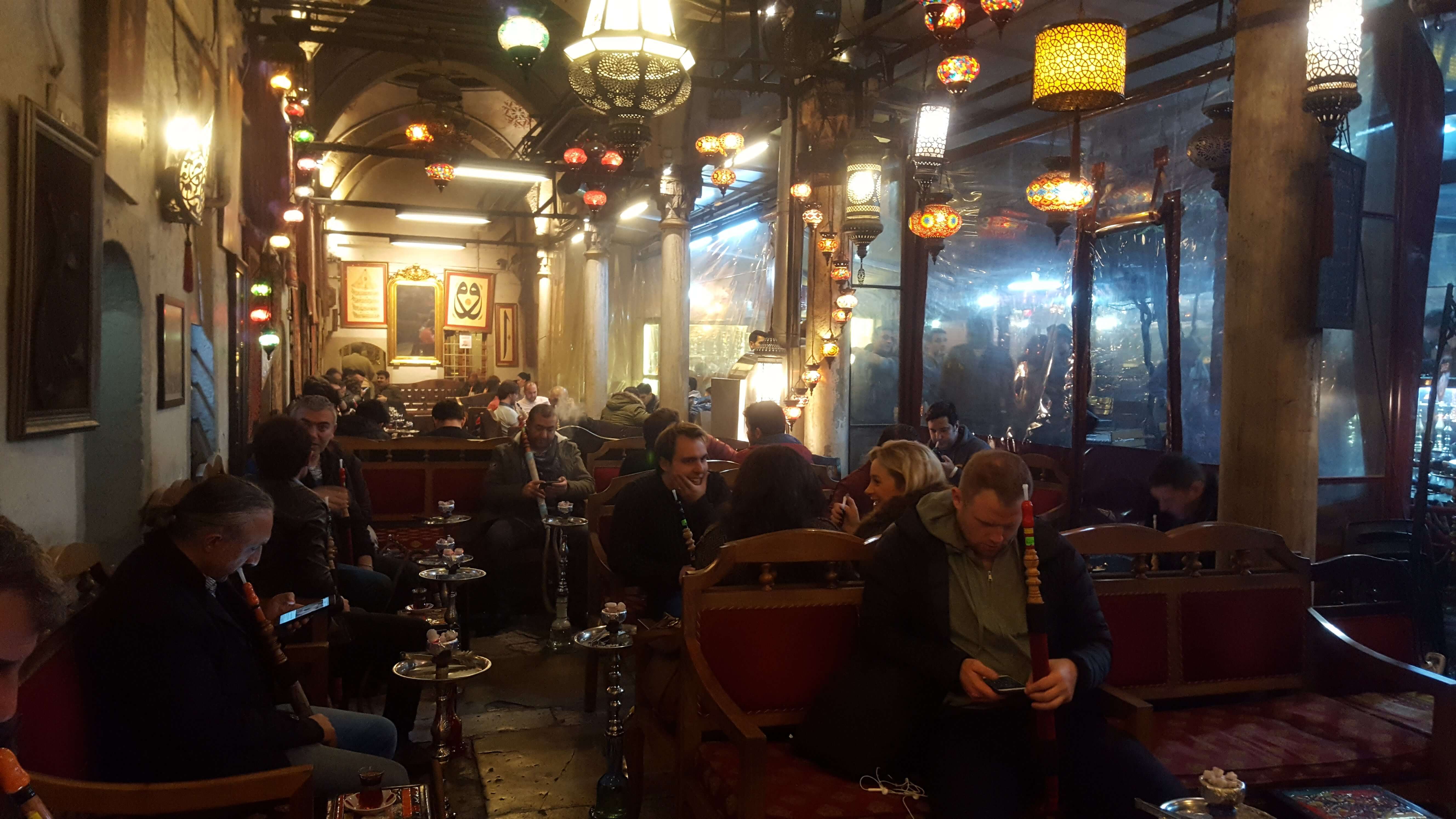I landed in Istanbul with organs pickled from the amount of alcohol I had consumed over the previous three weeks, an immune system on its last defences to protect me from a dreaded winter cold, emotionally drained from the four months I had just spent living in Georgia and with a healthy dose of financial stress on my shoulders.
But as it turns out, arriving in Istanbul on an alcoholic comedown, sick, demotivated and poor were all a blessing in disguise. My mind, my body and my purse were all desperately in need of some space and of a rest.
To facilitate in all that, I decided to cut my alcohol consumption dramatically on this trip. What that led to, was a very cheap few days, a true appreciation for some of Turkey’s cultural staples and a little more insight into the world as a whole.
Nargile
You know what they say – the way to get rid of one addiction is to replace it with another. And so if I didn’t poison my own liver on this trip then I sure as hell tried my best to inflict lung cancer on myself. When I ate ice cream three times a day in Italy at 11 years old it was cute – smoking shisha, or nargile as it is known locally, at 24, three times a day for 8 days in Istanbul, less so. Especially not when a mild smoker’s cough began to emerge a few days in.
In my defence though, this is about as authentic as it gets.
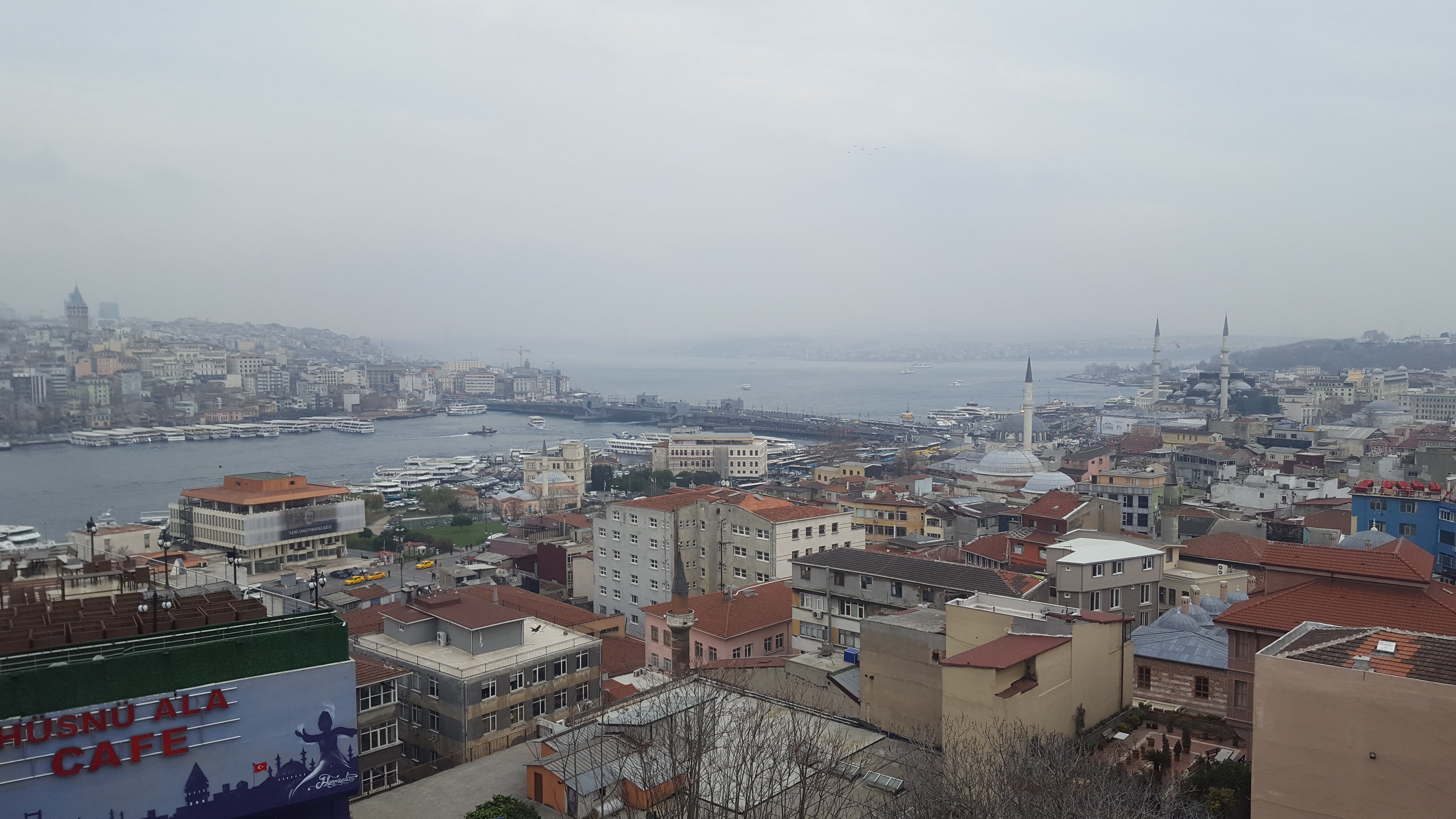
Despite originating in India and only having been found in Turkey since the 1700s, there’s good reason that hookah is exported as a Turkish cultural staple. On nearly every corner you will see groups of Istanbulites sat puffing away on at colourful pipes, often for hours at a time. Their lips cling to the tubes like life support, a never ending trail of smoke billowing from their nostrils. The only rest bite is stopping to slap a friend on the back and laugh at their well made joke or, of course, more commonly, to sip on a glass of steaming tea.
I’ve enjoyed smoking shisha for quite some time, normally in conjunction with a few beers. And normally, a dry mouth and banging headache are quick to arrive as a result of this combination.
But it turns out the Turkish know what they are doing – because when they smoke shisha they don’t attempt to dehydrate and inebriate themselves at the same time. Instead they sip on tea from iconic delicate pear shaped glasses. Sometimes it’s black tea; others it’s famous sickly-sweet apple tea. And the combination works together fantastically.
The tea hydrates you and prevents that sandpaper feeling in your mouth and any impending headache is stopped in its tracks. A local told me that Turkish people would never smoke shisha and drink alcohol at the same time. Moreover, for the Turkish, shisha is a social activity – a chance to chat with friends and perhaps play a game of backgammon or two. It comes paired with its own culture, history and etiquette and it’s easy to see how important it is in this country.
On the advice of our hostel receptionist we headed to a place called Çorlulu. Situated in an old Islamic boys school, this is about as authentic as it gets – especially so close to Istanbul’s tourist core. A shisha lounge, this place was filled to the rafters with locals smoking away and dipping sugar cubes into their tea or downing tiny cups of thick, grainy Turkish coffee. After walking past the stoves heating up the glowing coals in the entrance, we were greeted with a large hall filled with wooden benches and chairs. Typical mosaic lamps hung from the ceiling and lit up the dusty carpets hanging from the walls. Various doorways led off to little side rooms where men sat watching television in a room where you could imagine a young boy once perhaps reciting pages from the Quran. All this behind a thin haze of smoke through which young men darted in and out with small, metal tongs, picking up and blowing on coals, sending little clouds of ash onto the floor.
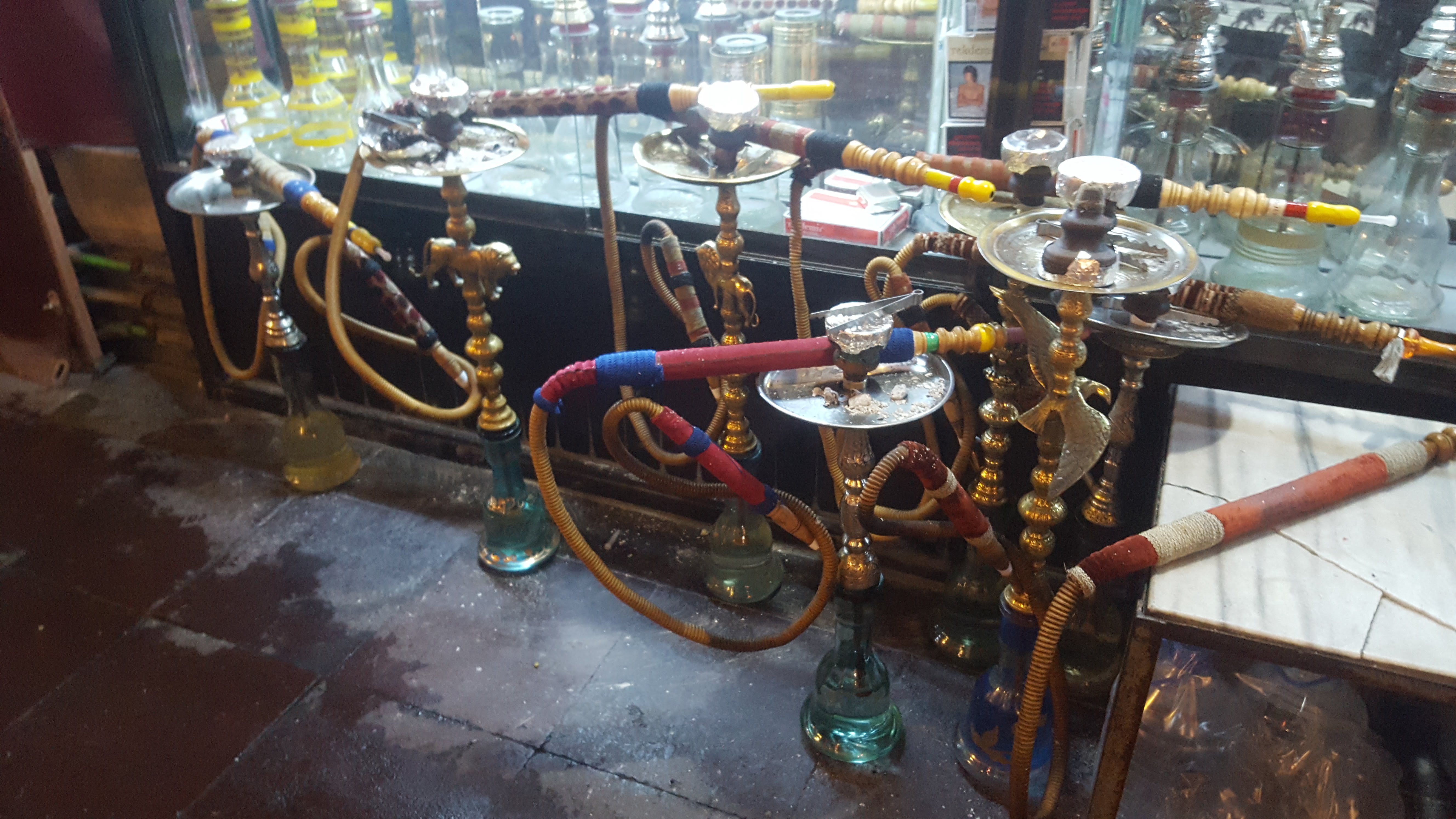
Although this place is definitely popular with visitors (just look at the number of TripAdvisor reviews) it’s still brimming with locals and the prices reflect that. A group of half a dozen of us or so from my hostel were able to enjoy two or three shishas and unlimited tea between us for something ridiculous like £1 each. This place was honestly the highlight of my time here in Istanbul and I ended up going here three times during my stay.
Hammams
If you haven’t experienced being rubbed down by a Turkish woman whilst slipping and sliding about naked covered in bubbles on a marble slab then trust me when I say you have not lived yet.
Public nudity, much less being scrubbed and fondled by a stranger in such a vulnerable state, definitely isn’t everyone’s idea of fun. But get over your initial embarrassment and you’ll be shocked at just how quickly it starts to feel natural. And the relaxed, clean body you will leave with will make all the awkwardness worth it.
Hammams – Turkish baths – are ubiquitous throughout Istanbul. Around the Hagia Sofia and the Blue Mosque you will find many hammams targeted at foreigners. They often have private changing areas, provide robes and bust out the fanciest of oils for the massages. But naturally that means that they are more expensive. And less likely to attract the locals.
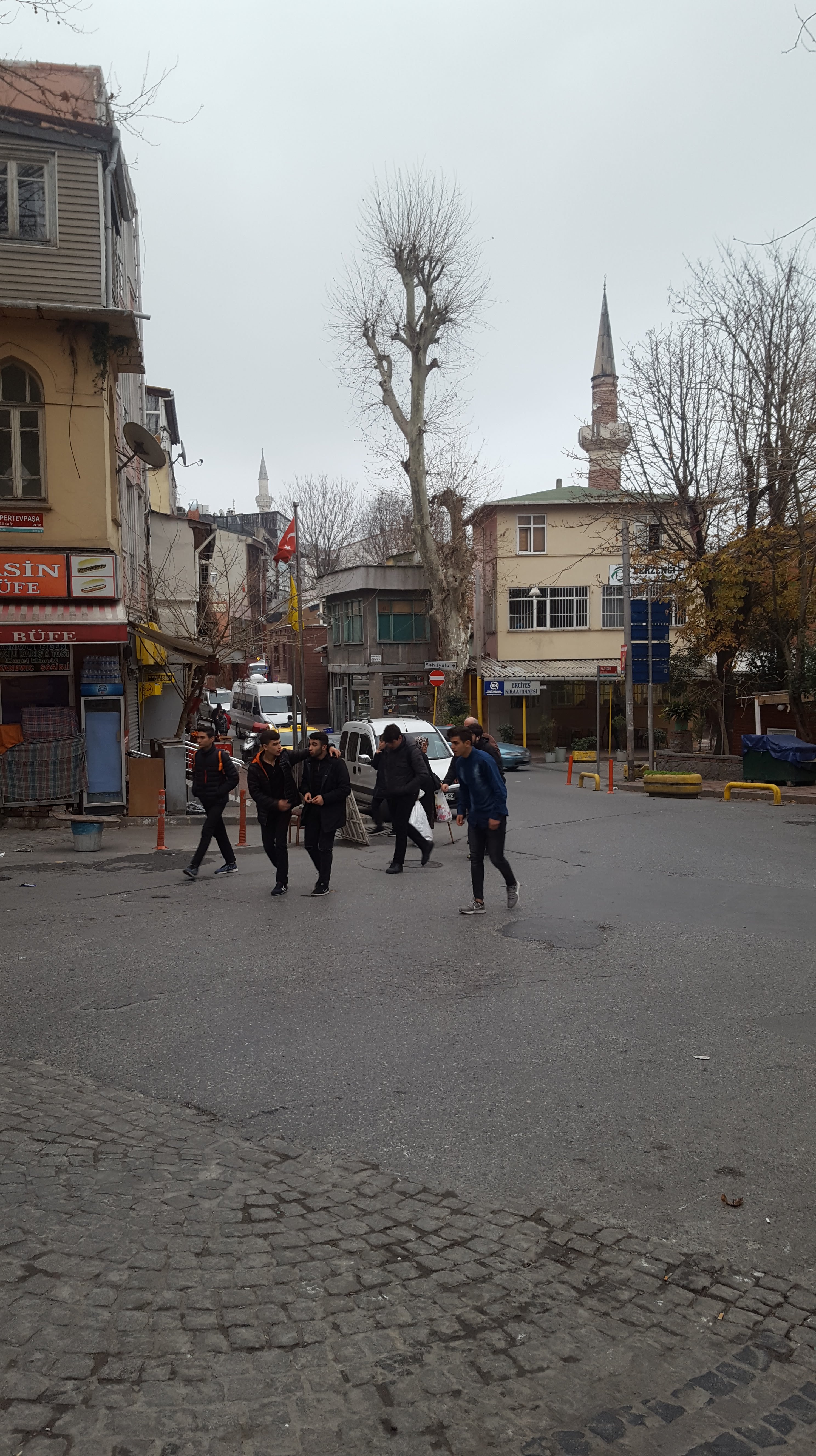
Searching for “cheap, local hammams in Istanbul” turned me to a TripAdvisor page for Kadirga Hammam. Sifting through the reviews I was pretty pleased to see that this one was going to cost me around £10 for a scrub, massage and unlimited access to the baths (as opposed to the approx. £30 – £40 in the centre). Plus many people had written about how they were the only foreigner during their visit. Perfect.
Walking sheepishly through a residential Istanbul neighbourhood not far from the centre, a group of school boys giggled at me as I walked past them. From my pale skin and the lost look on my face, it was pretty clear that I was not from around here. The only indication that I was in the right place was the two large concrete domes protruding from inside a cluster of apartment blocks. The entrance was small and discrete and given that the signage was all in Turkish, I naturally accidentally walked through the man’s entrance on my first try. After successfully finding the woman’s entrance, I walked inside and down a set of wooden steps and was greeted with the scene of half a dozen plump, old Turkish women in thin, flowing robes watching soap operas on an overly loud TV and one customer lying on her front, naked save a towel covering her buttocks, being massaged by one of these women.
One of the them showed me a price list and I picked the full massage, scrub and bath experience. Through a mixture of gestures, nods and the maybe handful of English she spoke I worked out that I was to get undressed in one of the small changing rooms (changing rooms that had glass windows I might add, thus rendering any impact they might have had on modesty, in valid), wash myself in the first room and then wait for my beating.
This was certainly the 1970s council leisure centre of hammams (something that would be confirmed at others I visited in Georgia and Azerbaijan). It was a little tired looking and a bit rough around the edges. Nonetheless, it was still beautiful with its marble chambers, golden ornate taps, intricately tiled floors and stained glass windows in the roof of the large domes.
It felt a little more functional that some of the others that I would visit later in the year but I enjoyed it enough to go back again a few days later. On my second visit one of the ladies sang a song to me in Turkish as she scrubbed away the dead skin from my arms.
But for many, hammams are not just a place to come to wash yourself or to relieve the stress from your sore muscles – they are are a place to socialise. Another event where you can sit and sip tea and catch up with friends. Although I didn’t see it so much in Istanbul, the hammam I visited in Baku was full of women in robes, their hair twisted up in towels, sitting smoking and gossiping for hours after they had finished with their bathing. It was a social activity that both families and friends, the young and old all took part in. The gentleman in this video explains how in ye olde times, going to the baths one of the only things that people had to do and he emphasises just how important hammams are to Turkish culture. It’s evident that this still rings true to this day.
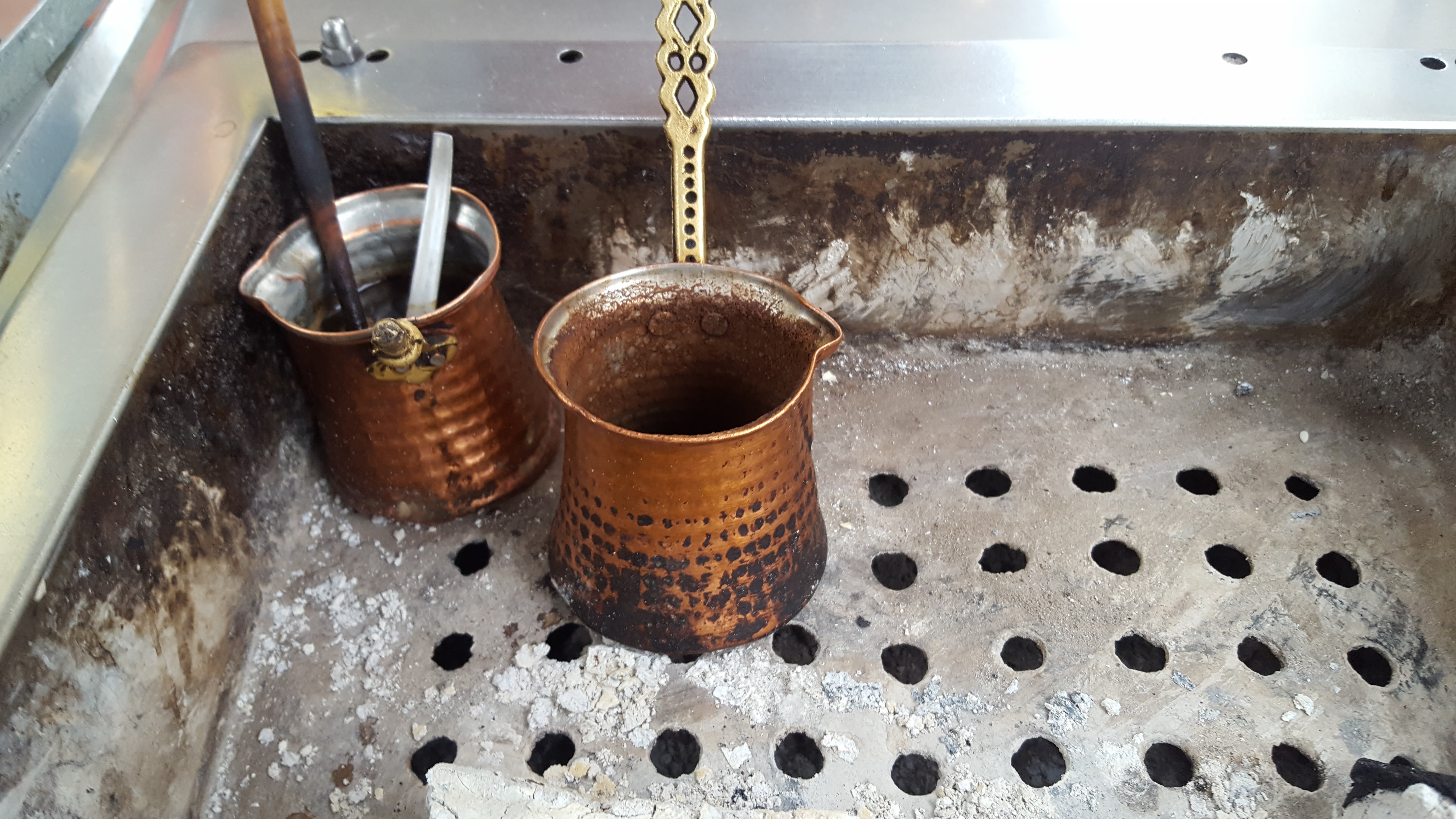
And So What Does That All Mean?
Given that I am sat writing this over an amber ale in an Edinburgh pub nine months later, it’s pretty clear that, long term, my drinking habits have not changed much. In fact, just the other day I sat down with friends to enjoy afternoon tea in a high-end Edinburgh restaurant. The notion that this was going to be an event that didn’t feature alcohol left an awkward pause at the beginning of the function. I commented on the fact that it was almost as if we didn’t know when to start talking, because we didn’t have a glass in hand to signify that it was okay. The truth is that British culture is punctuated by alcohol.
“Let’s meet for a drink beforehand!”
“Ooh, we can have some wine with that!”
Or the infamous last words:
“Let’s have a pint before our flight…at 7am.”
Maybe it’s our awkwardness in constant need of a social lubricant. Maybe it’s the fact that it’s cold and dark for half the year ergo there is actually nothing else to do for six months. Whatever it is, it’s clear that alcohol is the liquid foundation that keeps British social lives afloat.
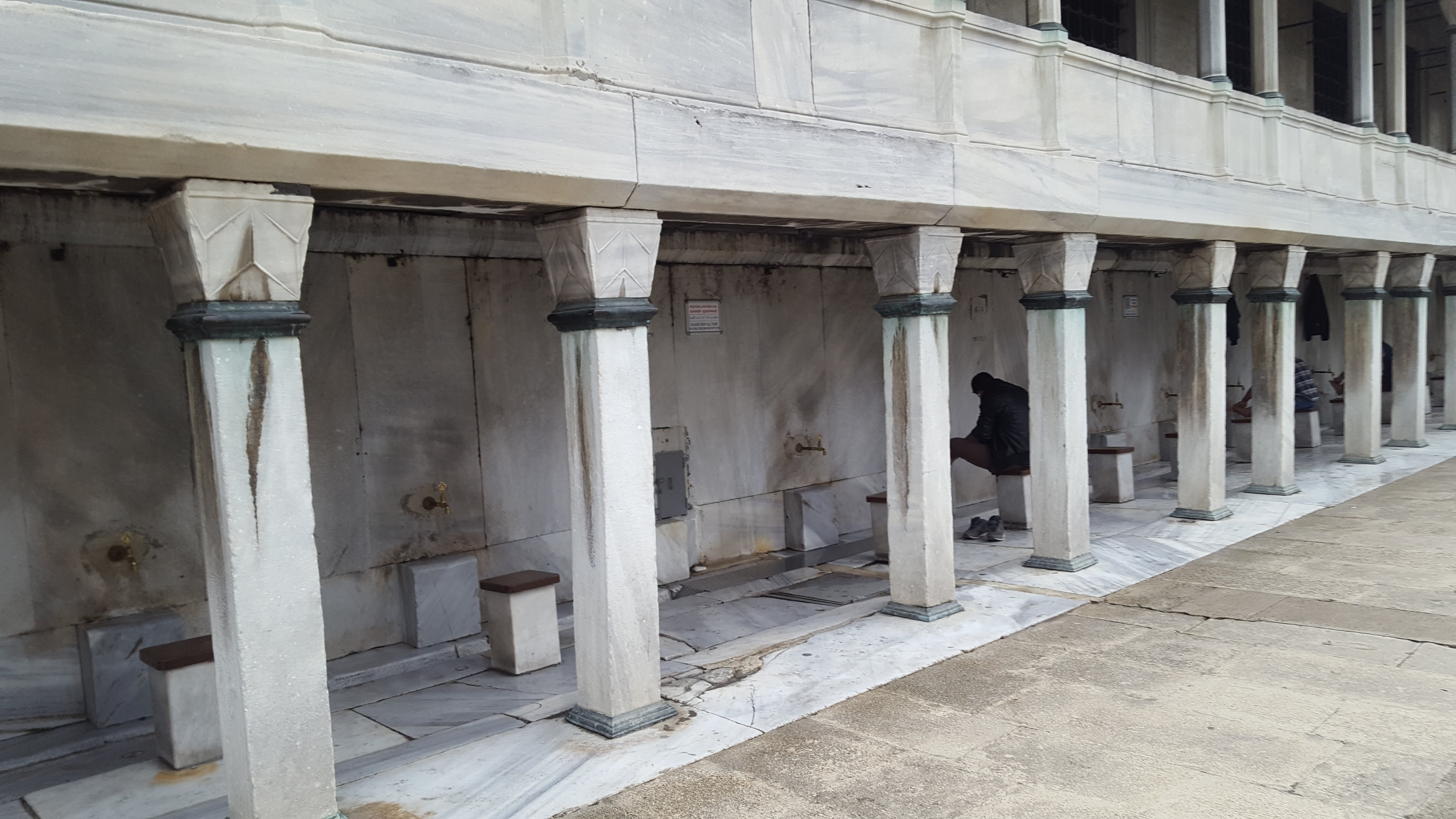
And so for this Scot, discovering that there are an abundance of social activities that don’t revolve around fermented or distilled products was a revelation. Perhaps it was not so much that these activities exist – but more the comfort, passion and enthusiasm with which people approached them in other countries.
A couple of months later in Baku, my jaw literally hung open as my friend told me how most Azerbaijanis wouldn’t start drinking until after university.
“But, but….what do you do at university?”
Study – it turns out you’re supposed to study at university, not go pub crawls every night of the week. I thought about traditional Scottish ceilidhs. Even there – a social activity that could theoretically not involve alcohol, most of us chose to get shit faced. Cool Latin Americas salsa-ing away sober, we are not.
Of course in countries like Turkey and Azerbaijan, there is a religious influence on their choice of social activities but it was just interesting to contemplate not to see things through beer goggles and to contemplate how the things we take for granted as part of our own culture are not the same in others.
Plus, you know – who wants to spend a week drinking Efes beer anyway?
